"The original Volkswagen Beetle’s silhouette is as distinctive as it is ubiquitous. Curvy yes, sporty, no. But then that wasn’t part of the Beetle’s brief. Designed in 1938 to get the German masses moving, it took until 1945 for "

Mk 2 Volkswagen Scirocco – an Elegant Performer
The Mk 2 Volkswagen Scirocco may not have been a true sports car until the arrival of the 16V in the mid-1980s, but neat round-rumped style and a sizable wardrobe of fashionable body kits ensured it was noticed on the coupé catwalk
Re-invented for the digital age in 2008, few third-generation Volkswagen Scirocco drivers may realise the last time their beloved coupé appeared was in the more analogue 1990s.
It was 1992 to be precise, which means 2017 marks a whole 25 years since the second generation of the German curvy Golf-based coupé was blown away by ever-increasing demands for cleaner-burning engines, safety legislation, as well as more technologically-advanced rivals.
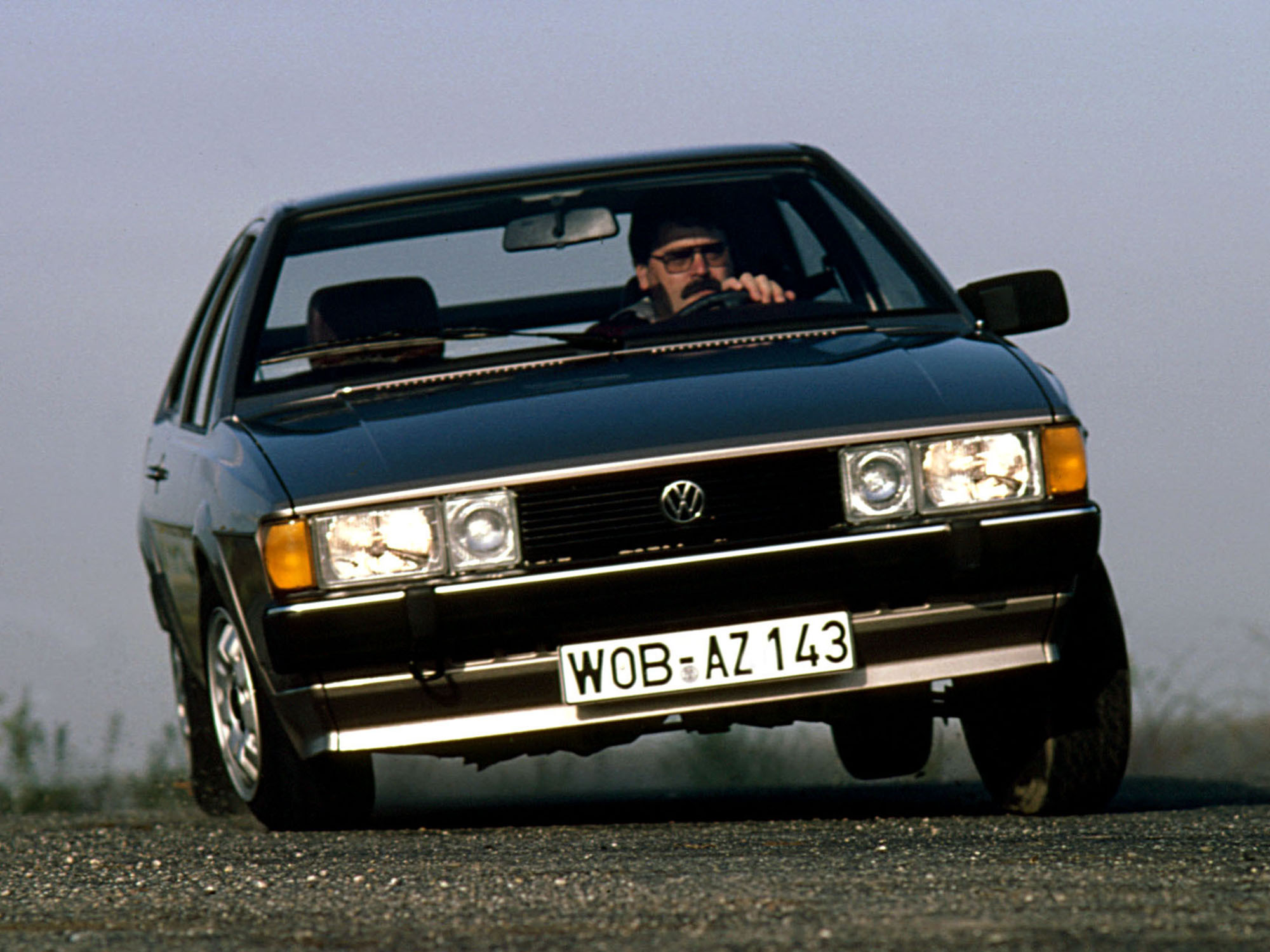
And Golf-based? The Scirocco actually arrived before its more famous brother. Launched six months before its sibling with the more upright attitude, VW’s first water-cooled coupé appeared at the Geneva motor show in March 1974, rubbing tyres with the Citroën CX and Lamborghini Countach. And while the ‘Typ 53’ project wasn’t an all-out supercar in the traditional sense as it trialled the oily bits and running gear of Volkswagen’s future best-seller, it was a super – and important – car to the German carmaker.
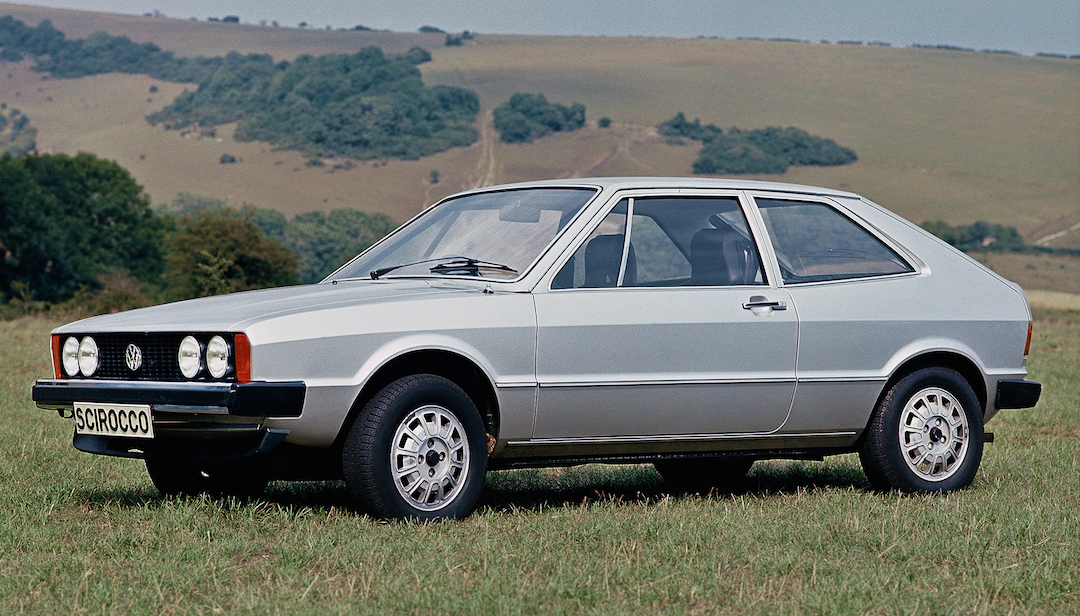
Styled by Giugiaro (who also penned the first-generation Golf), named after a dry and dusty Mediterranean/North African wind which originates in the Sahara, and with a modern range of engines, the wedge-silhouetted, sharp-creased 1970s Scirocco enjoyed a successful seven-year career. A total of 504,153 examples had been built by production’s end in 1981: that’s around 70,000 more than its distinctly curvier predecessor, the ‘Typ 14’ Beetle-based Karmann Ghia, which, like the Scirocco, was built at the Karmann factory in Osnabrück.
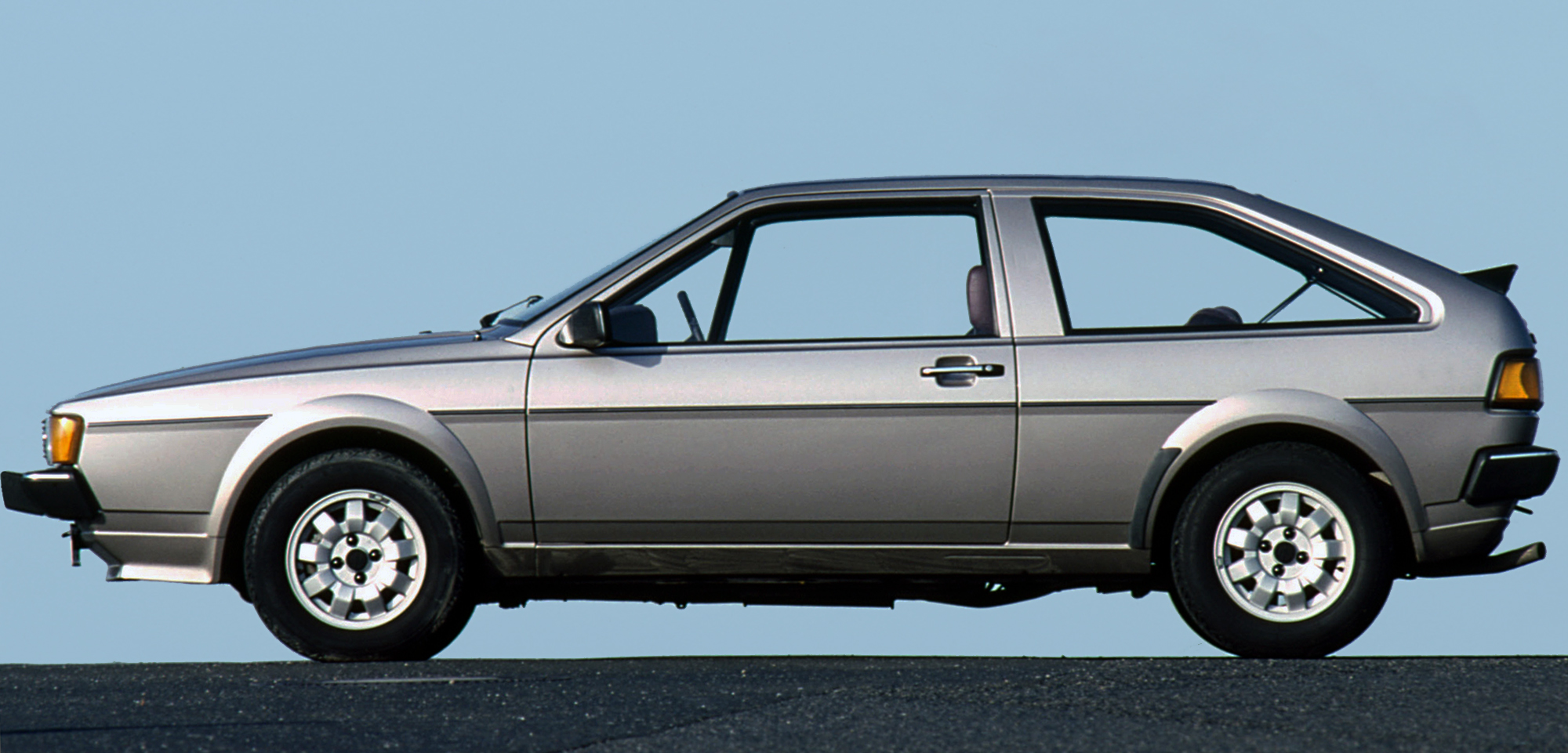
But, as the brown and orange-tinted 1970s gave way to the brightly-hued 1980s, curves were back in, and the second-generation Scirocco adopted a new, more rounded suit. Still very distinctly a wedge, the Mk 2’s slim front end rose more aerodynamically to a curvier rear, which featured a distinctive plastic spoiler mounted on the window. Drivers of cars behind were also left in doubt which car they were following, thanks to the prominent ‘SCIROCCO’ decal which was sandwiched in-between the spoiler and the bodywork. Subtle it wasn’t. And that’s before we start talking about Kamei and Rieger body kits…
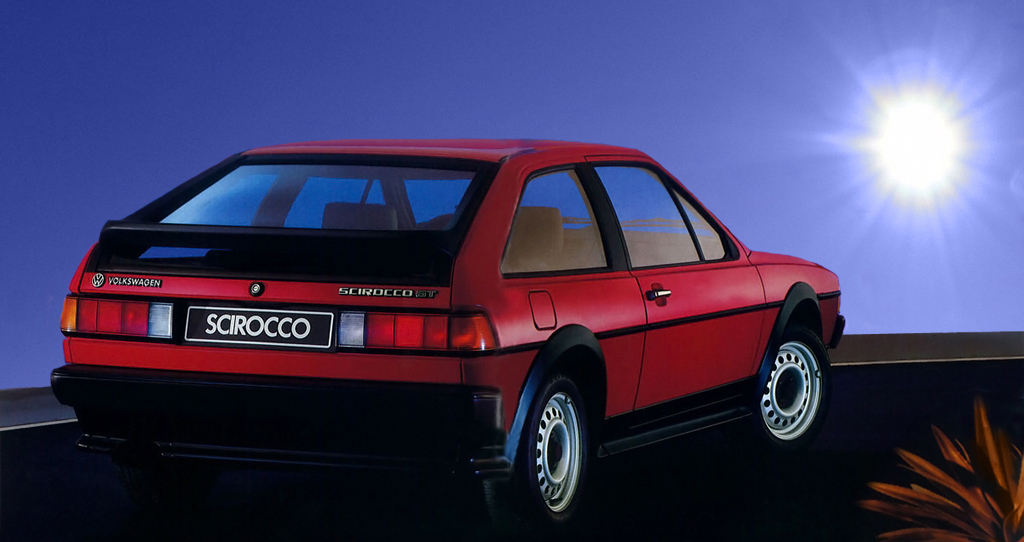
The standard Mk 2 Scirocco silhouette was upgraded throughout its life and transformed into that of a tastefully body-kitted car. Zender body styling add-ons – colour-coded or black – became de rigeur from the mid-1980s, while a scattering of special edition models were the lifeblood of the model range. One in particular, the Storm, is perhaps the most fondly remembered: leather trim, full carpeting, 14-inch alloy wheels, and a choice of Cosmos Blue or Havanna Brown metallic paint were quite the thing in 1984. Following the success of the first-generation special which shared its name, only 600 Mk 2 Scirocco Storms were built, all sold exclusively in the UK.
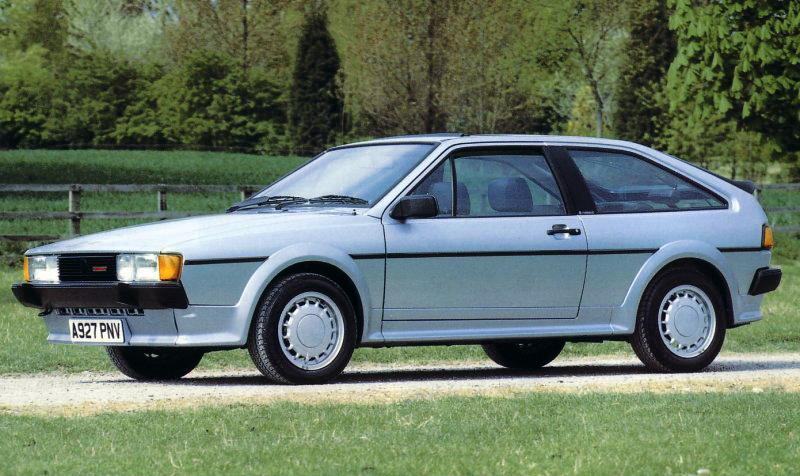
But before the arrival of the luxurious Storm, and even though it sat atop much the same mechanicals as its predecessor, the second-generation Scirocco was a more upmarket proposition than the car that went before. From 1981 to 1992, a whirlwind of model badges and carburettor-fed or fuel-injected engines arrived and disappeared as fast as you could say ‘there’s no place like home’, but initial top-rung accoutrements included a four-headlamp front grille, a colour-matched – garish or tasteful depending on your sense of style – dashboard, seat covers imprinted with Polaroid-style photo frame patterns, a rev counter and, of course, a more athletic-looking steering wheel.
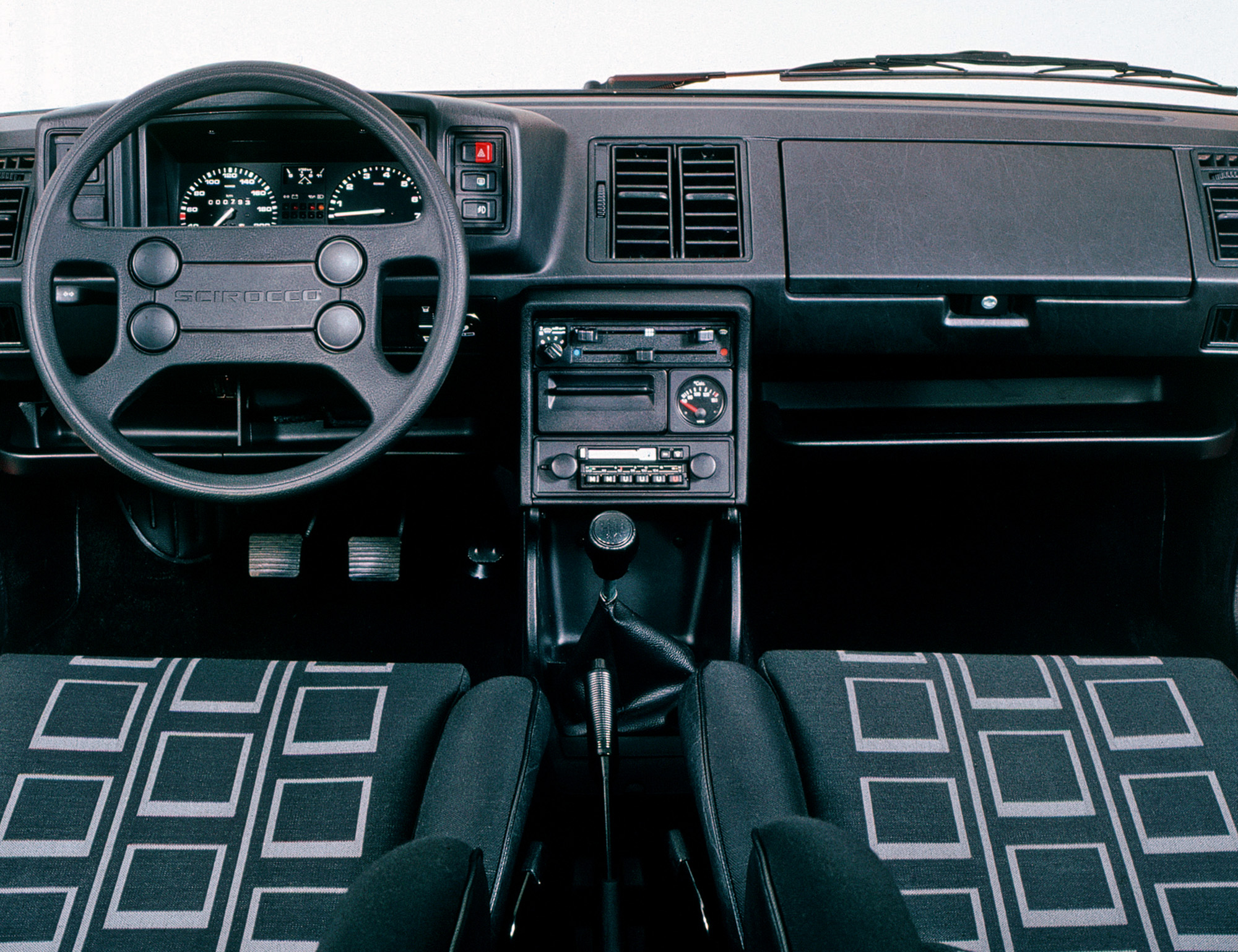
Although a large part of the Scirocco’s undeniable appeal was style – heck, even jet-setting glamour puss Avril Wolfe of 1980s big BBC drama Howards’ Way fame had an all-white Scala – the second-generation was also more of a performance machine. To really play the sporting coupé card, Mk 2 Scirocco drivers needed the GT or GTI models. Early versions of the the latter employed the running gear and 110bhp 1.6-litre fuel-injected engine of – you’re probably already there – the Mk 1 Golf GTI, and thanks to its slippery shape, even boasted a superior top speed than Volkswagen’s iconic go-faster hatch.
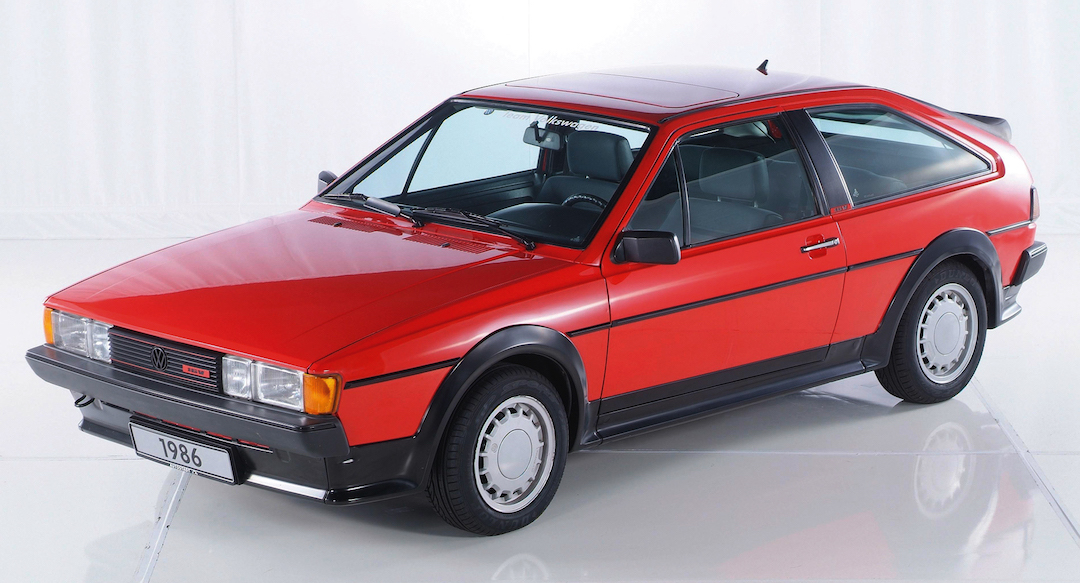
The larger 112bhp 1.8 from its speedy saloon sibling soon followed, while the Scirocco got super sporty with the arrival of the GTX 16V in 1986, which borrowed the multi-valve Mk 2 Golf GTI’s 139bhp 1.8-litre engine. The performance was as brisk as the specification was high: 0-60mph came up in just 7.9 seconds, while central locking, discreet ‘16V’ badges, electric windows, rear disc brakes, 14-inch ‘Montreal’ beer bottle-top-like alloy wheels, and twin exhausts were all standard features.
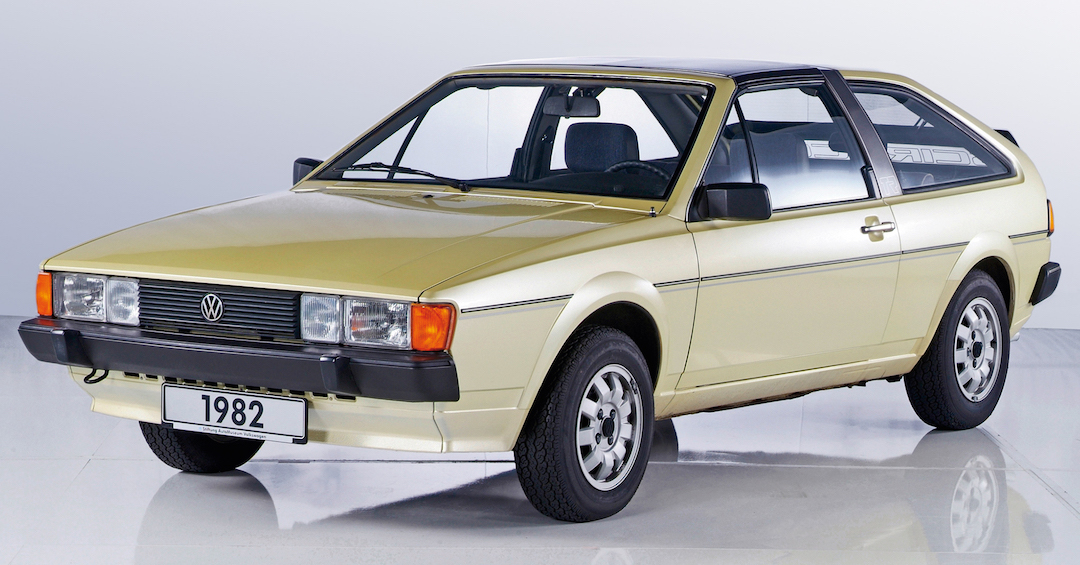
The GTX 16V may have been the most powerful production Mk 2 Scirocco, but Volkswagen had already made its racey coupé even racier. In 1982 it produced a pair of Scirocco TRs, concepts which shared the appearance of the standard car, embellished with a Porsche-like removable targa roof panel. But the raciest Sciroccos of all were the Bimotor-engined cars which surfaced in 1982 and 1983. Built by Volkswagen Research, one with a 180bhp 1.8-litre engine at each end, the twin-engined monsters did 0-60mph in 4.1 seconds, and trounced a Porsche 911 Turbo to 110mph!
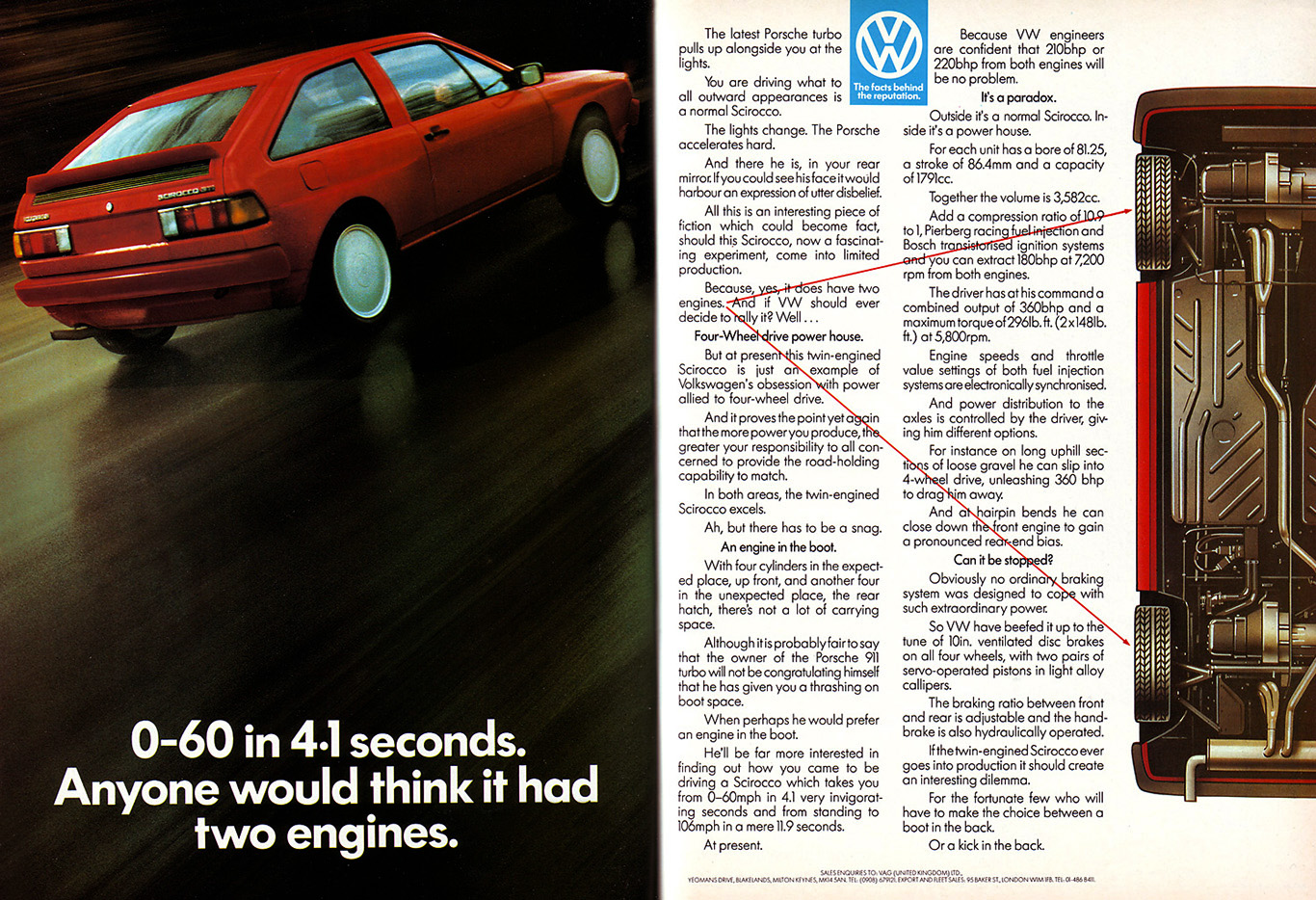
On 7 September 1992, the final Mk 2 Sciroccos rolled out of the Karmann factory. Over 291,497 cars had found fans all over the world, and had proved – despite the arrival of modern rivals and even VW’s own more sumptuous Corrado, sold alongside the Scirocco for four years from 1988 – that there was genuine love for Volkswagen’s second sports coupé concept.
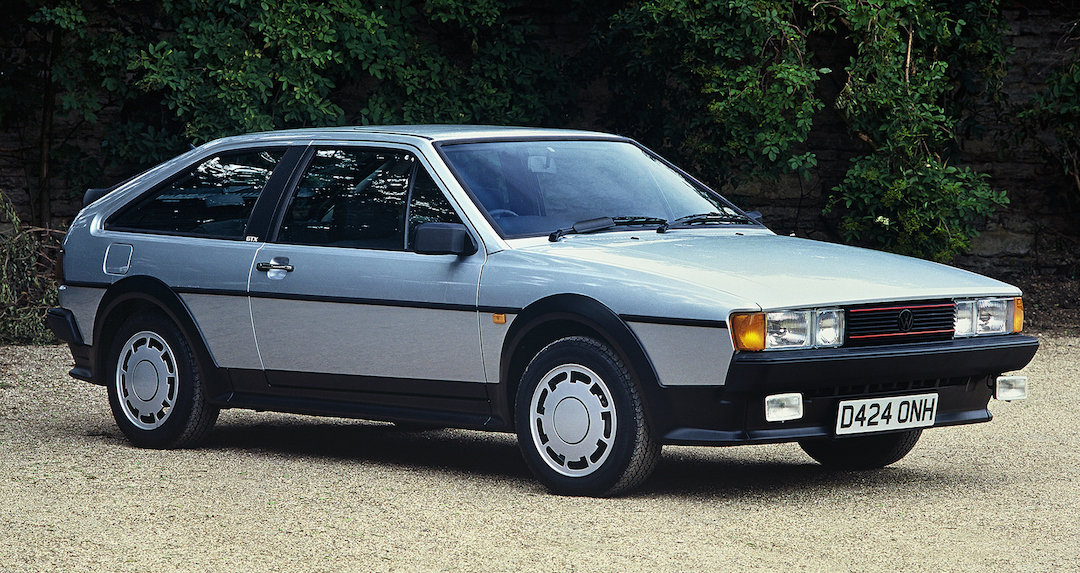
Breezing in at the 2006 Paris motor show, the idea was reborn with the Iroc concept car which previewed the current iteration of VWs wind-named fastback. The round-backed Mk 2 is still remembered, though, its combination of elegant style, performance and practicality a breath of fresh air among Volkswagen’s range of 1980s conservativity.
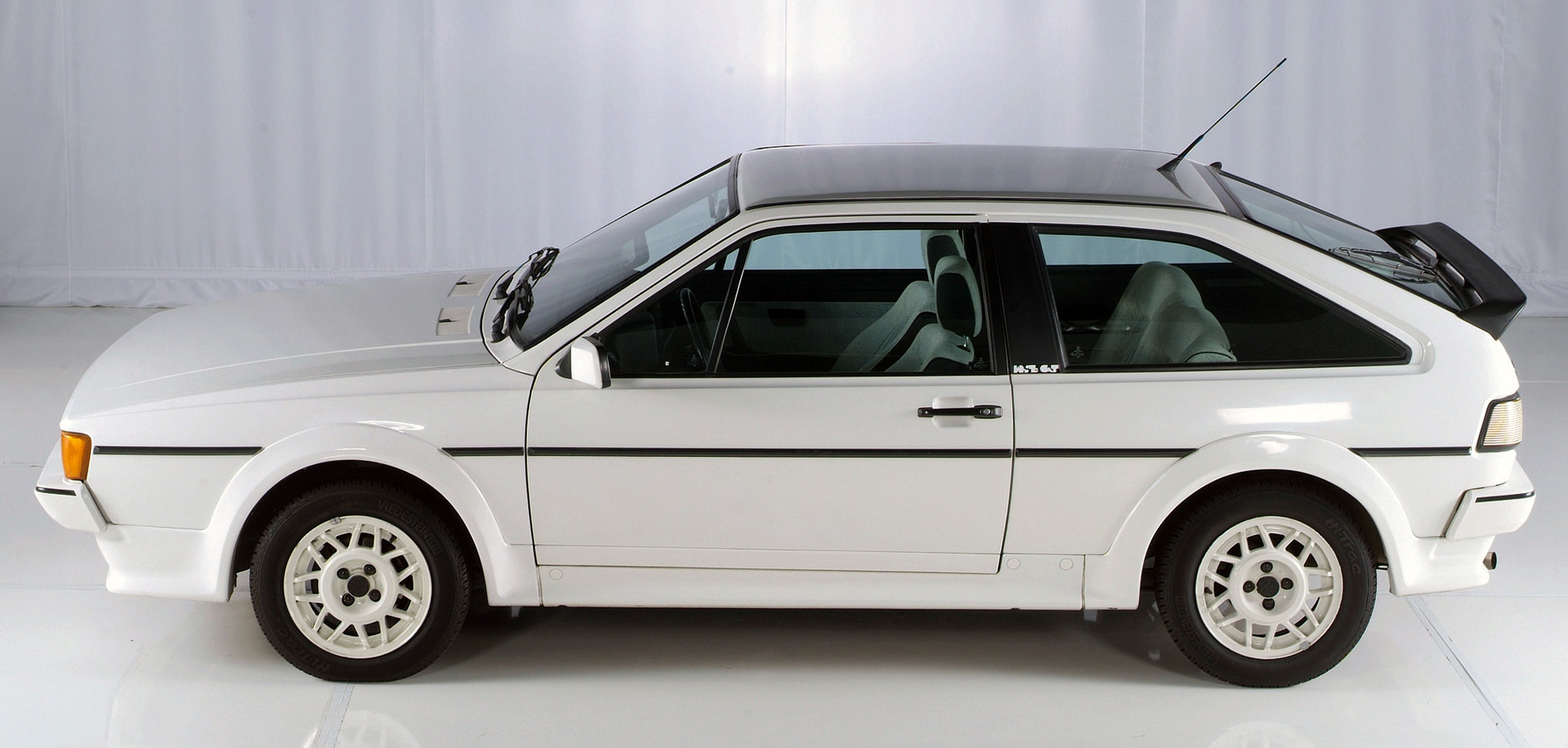
CLICK TO ENLARGE










